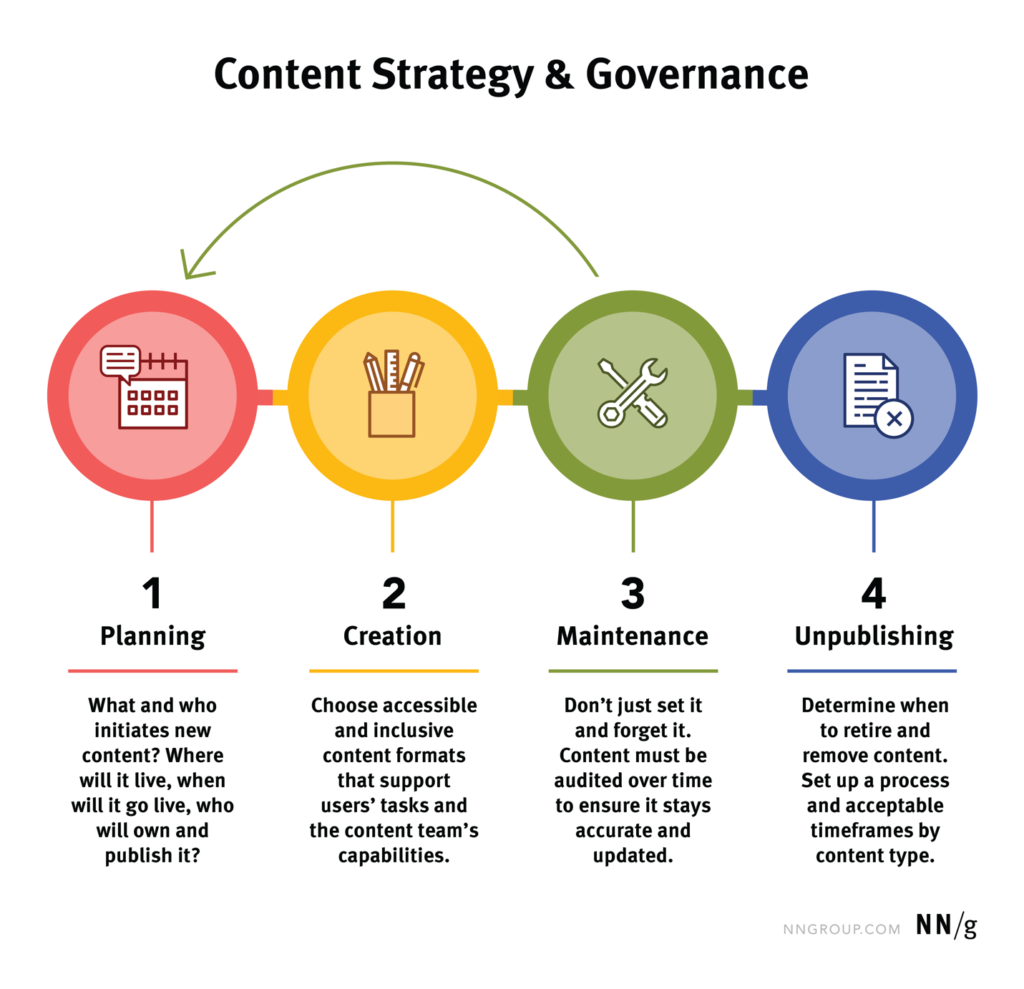In today’s digital landscape, content planning and strategy play a crucial role in the success of your social media platforms. With the ever-increasing competition for attention, it is essential to develop a well-thought-out approach to engage your target audience effectively. This article will guide you through the process of developing an effective content plan and strategy for your social media platforms, covering key aspects such as understanding your target audience, creating engaging content, and establishing a consistent posting schedule.
Understanding Your Target Audience
Before diving into content creation, it is vital to have a clear understanding of your target audience. Defining your target audience involves identifying the demographics, interests, and preferences of the people you want to reach. Conducting thorough market research, analyzing customer data, and creating buyer personas can help you gain insights into your target audience’s needs, challenges, and motivations.
Setting Clear Goals and Objectives
To ensure your content strategy aligns with your business objectives, it is crucial to set clear goals and objectives for your social media platforms. Define what you want to achieve through your content, whether it’s increasing brand awareness, driving website traffic, generating leads, or fostering customer loyalty. Ensure that your goals are measurable and specific, enabling you to track progress and evaluate the effectiveness of your strategy.

Conducting a Content Audit
Before developing new content, it’s essential to evaluate your existing content assets. Conduct a content audit to identify what has worked well and what needs improvement. Analyze your competitors’ content to gain inspiration and identify any gaps or opportunities you can leverage.
Keyword Research and Optimization
Keyword research is a crucial aspect of content planning for social media platforms. Identify relevant keywords and phrases that align with your target audience’s interests and search queries. Utilize keyword research tools to find popular and trending terms. Optimize your content by incorporating these keywords naturally into your social media posts, captions, and hashtags.
Creating Engaging Content
Creating engaging content is the key to capturing and retaining your audience’s attention. Craft compelling headlines and introductions that pique curiosity and entice users to click and engage with your content. Incorporate visuals, such as images, videos, and infographics, to enhance the visual appeal of your posts. Use storytelling techniques to create narratives that resonate with your audience on an emotional level.
Establishing a Content Calendar
Developing a content calendar is essential for maintaining consistency and organization in your social media content strategy. A content calendar allows you to plan and schedule your content in advance, ensuring a steady flow of posts that align with your goals and resonate with your audience. Choose a scheduling tool that fits your needs and preferences, enabling you to manage and automate your posting schedule effectively.
Consistency in Posting Schedule
Consistency is crucial when it comes to social media content. Establishing a consistent posting schedule helps build anticipation among your audience and keeps them engaged. Determine the ideal posting frequency based on your audience’s behavior and platform analytics. By consistently delivering high-quality content, you can strengthen your brand presence and cultivate a loyal following.
Analyzing and Measuring Performance
Tracking key performance metrics is essential to gauge the effectiveness of your content strategy. Utilize social media analytics tools to measure engagement, reach, click-through rates, and conversions. Analyze the data to identify patterns, trends, and areas for improvement. Use these insights to refine your content strategy and make data-driven decisions.
Evolving Your Strategy
The social media landscape is constantly evolving, with new trends, algorithms, and platforms emerging regularly. Stay on top of industry trends, technological advancements, and changes in user behavior. Adapt your content strategy accordingly, experimenting with new formats, platforms, and approaches. Continuously optimize your content based on data and feedback from your audience.
Conclusion
Developing an effective content plan and strategy for your social media platforms is crucial for achieving your marketing objectives. By understanding your target audience, creating engaging content, and establishing a consistent posting schedule, you can build a strong online presence and drive meaningful engagement with your audience. Remember to monitor performance, adapt to changes, and continuously optimize your strategy to stay ahead in the ever-evolving social media landscape.
FAQs
- How often should I post on social media?
- The ideal posting frequency varies depending on your audience and the social media platform you use. It’s recommended to post consistently without overwhelming your audience. Start with a few posts per week and monitor engagement to determine the optimal posting frequency.
- How can I identify my target audience?
- Conduct market research, analyze customer data, and create buyer personas. These steps will help you understand the demographics, interests, and preferences of your target audience.
- What tools can I use for keyword research?
- There are several tools available for keyword research, such as Google Keyword Planner, SEMrush, Ahrefs, and Moz Keyword Explorer. These tools provide insights into keyword search volume, competition, and related terms.
- How do I measure the success of my content strategy?
- Utilize social media analytics tools to track key performance metrics, such as engagement, reach, click-through rates, and conversions. Analyze the data regularly to evaluate the effectiveness of your strategy and make data-driven decisions.
- Should I focus on a single social media platform or multiple platforms?
- The choice of social media platforms depends on your target audience’s preferences and your resources. It’s advisable to start with one or two platforms where your audience is most active and expand gradually based on your goals and capacity.